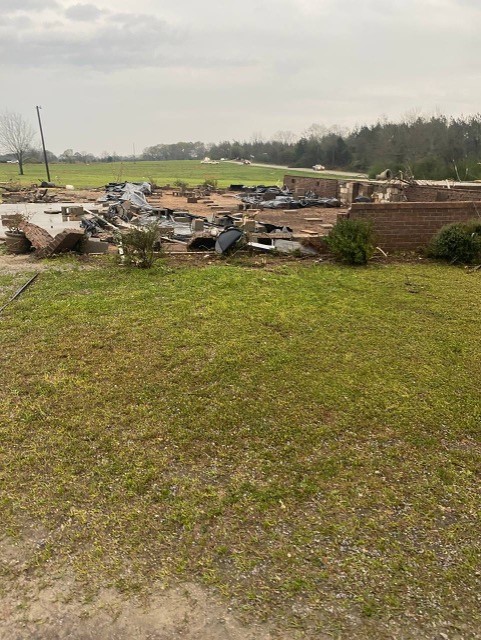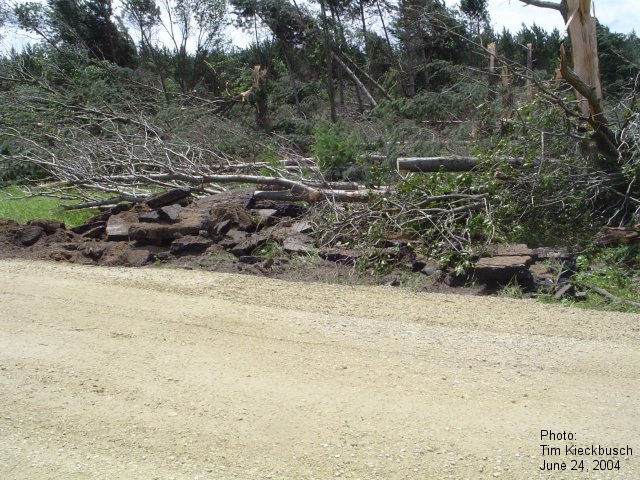Randy Zipser posting on Stormtrack again:
View attachment 44371
That's like... not correct, and actually astonishing considering he worked in the field at the same time.
Unless Zipser picked something up when he was at OKU that never made it into published literature and that no-one else has ever mentioned, the opposite's the case. The original Fujita scale isn't based on modelling - Smith's article Zipser mentions says Fujita used 'little to no modelling' - the opposite of what he claims.
In Fujita's 1971 paper he explains the issues around characterising tornadoes by intensity as opposed to length or area and surmises that it should be possible to make five or six intensity categories. He then explains that categories of a certain size should be easy enough to tell apart to make a rough estimate rather than doing complex calculations on individual bits of damage.
In deriving the F scale it's essentially arbitrary, based on a formula of increasing step sizes of about the right size, to connect the Beaufort Scale to Mach 1. He also proposes that as wind speed increases time required for damage decreases, so the scale was originally based on the fastest quarter mile rather than a single timespan. The actual F scale damage categories he assigns are based off the (scant) engineering estimates that existed at the time, in particular
Melaragno 1958, and basic engineering calculations of dynamic forces. That's it, he mentions no other specific modelling. There is one group however, who did rely extensively on modelling, and that's... Joe Minor's group at TTU, of which Tim Marshall is the most most enduring protege.
I'd add that the EF scale isn't based on sophisticated analysis that we can
actually see. It's based on the averaged opinions of a panel of six (count 'em... six) experts, who reviewed "all available data" (whatever that means) over a couple of days. One of those experts believes that DoD 10 damage to a house can occur at 130 mph.
The current claims that the EF scale windspeeds aren't correct are based largely either on radar observations or on other empirical methods, and don't rely on modelling more than the EF scale or EF scale affirming analyses. Doppler radar data have their problems, it's not a straightforward matter of simply reading the speed off the screen, but they're the most available in situ measurement we've got. The ongoing use of the EF scale is less to do with proven validity that it is to do with institutional inertia (the original F scale was used for over three decades) and people not wanting their turf trodden on.







